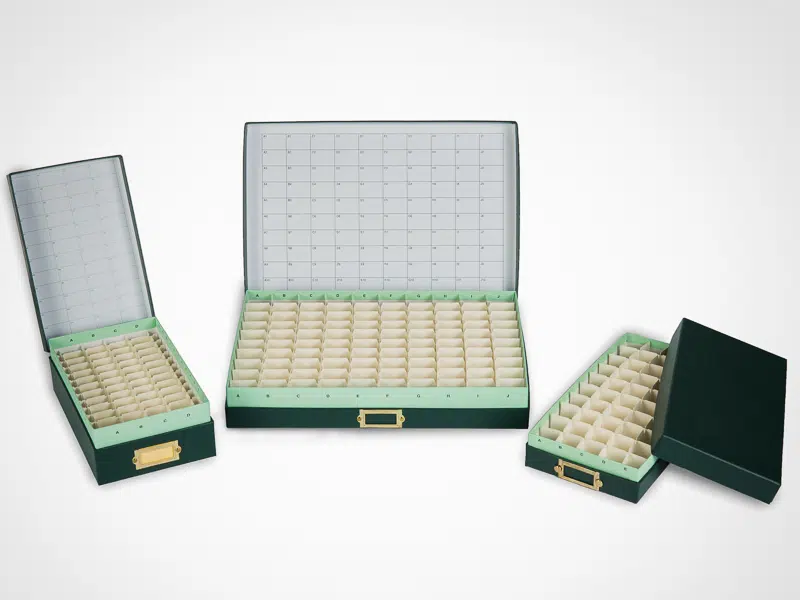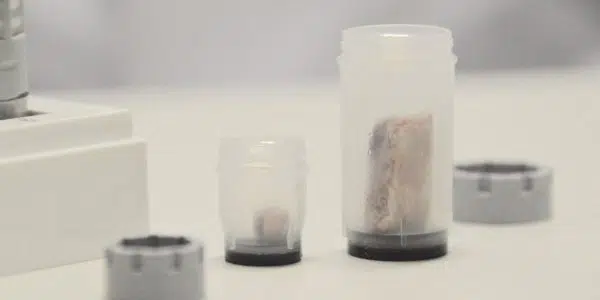Tissue Storage Conditions
Storage Containers and Specimen Size
Tissue specimens should be stored in storage containers that are structurally stable and ensure stability at freezing cold temperatures. The freezing and thawing of samples should be kept at a minimum to avoid introducing contaminants or damaging biological markers, which would make analysis unreliable. It is recommended that tissue specimens be divided into smaller portions and frozen in separate containers to reduce these possibilities. There is no “minimal size” that is recommended for storage. The best practice is that the specimen should be reasonably sized for the storage space and resources of the facility.
High-density shelves increase storage cabinet capacity for cassette, microscope slides, or paraffin block storage. Most laboratories require more cabinet space for tissue storage. Finding high-density cabinets tailored to leave little wasted space is excellent for storing tissue and paraffin blocks. High-density cabinets can be adjusted, so that paraffin blocks stack together and sit in cabinets with no added space between one another. Proper storage cabinets will extend to the top of a storage room to prevent wasted overhead space. Storing tissue through paraffin blocks in a cabinet makes it easy to handle increased storage without complications.
Temperature
Temperature storage must be consistent with maintaining cell integrity and preventing degradation. Most tissue banks store specimens at -70℃ or lower in ultracold freezers such as the Stirling Ultracold SU780XLE or SU105UE for longer terms. Tissue samples should never be stored in self-defrosting freezers as it will cause samples to get freezer burn. Specimens can be transported in either dry ice or a portable ultra-cold freezer such as the ULT25NEU.








